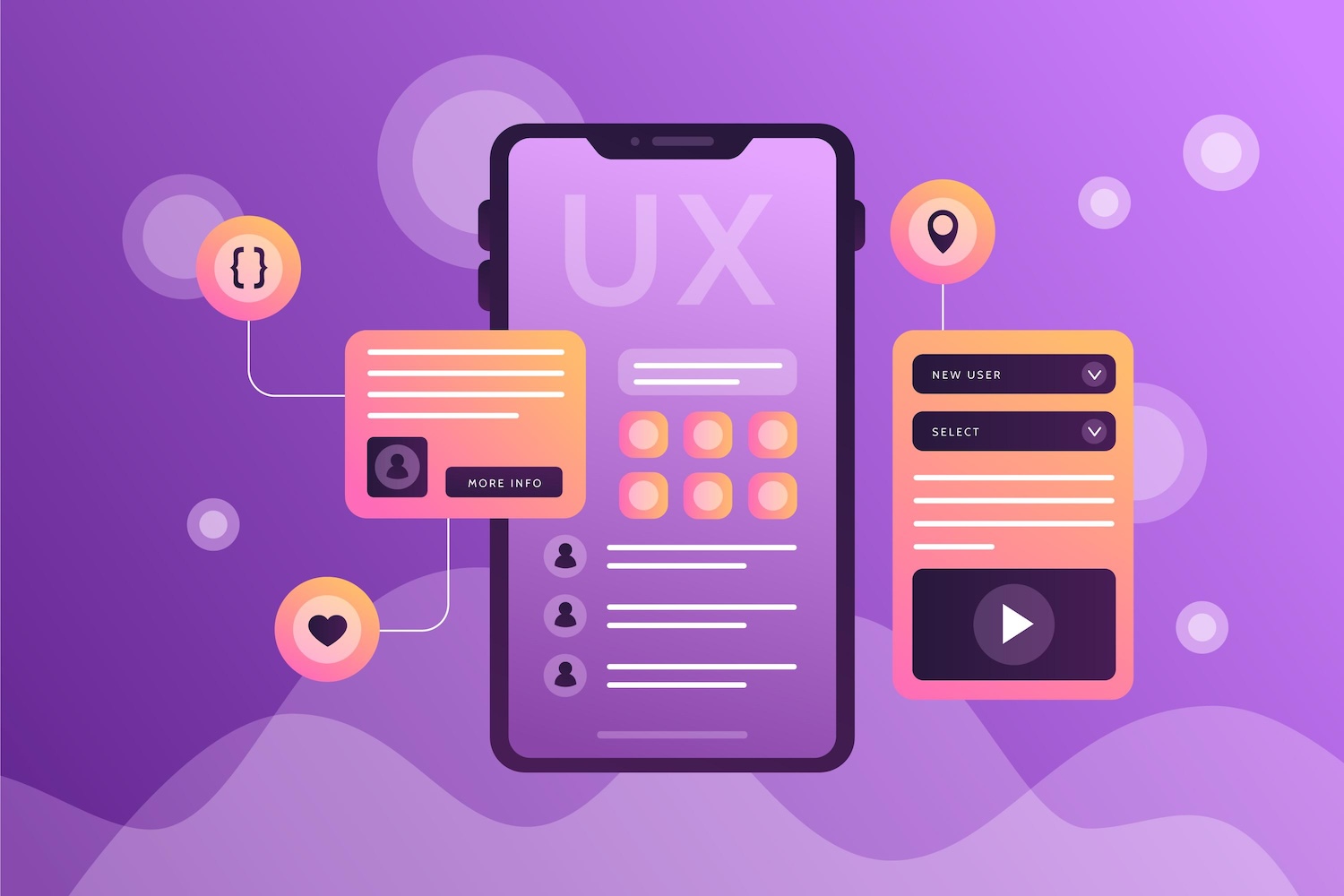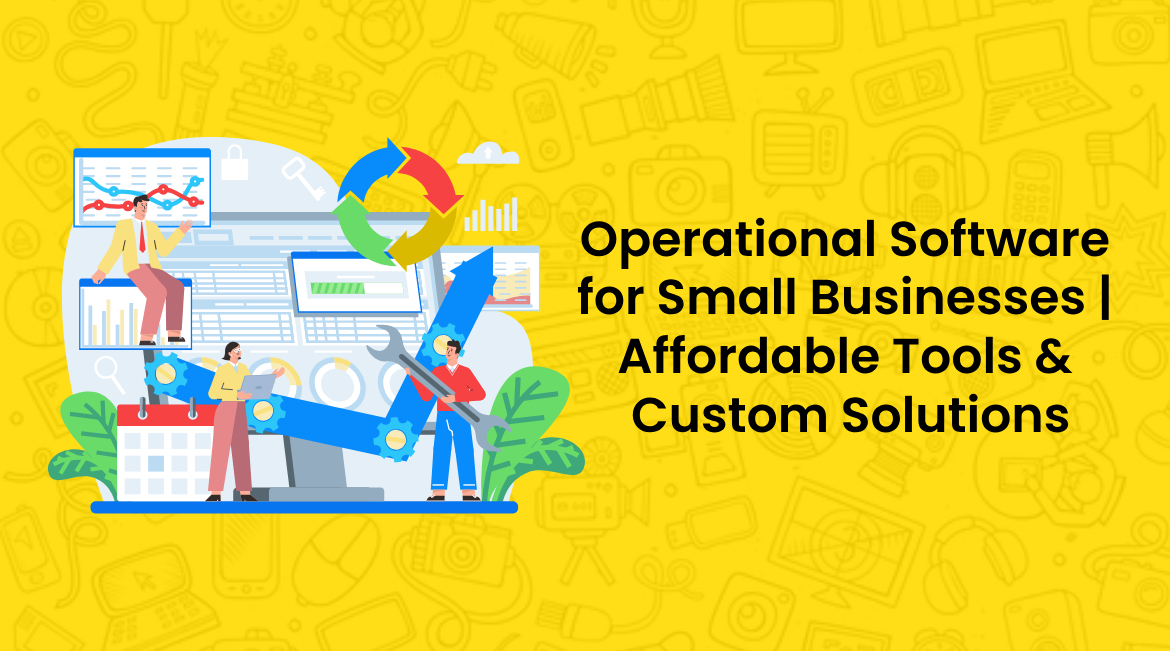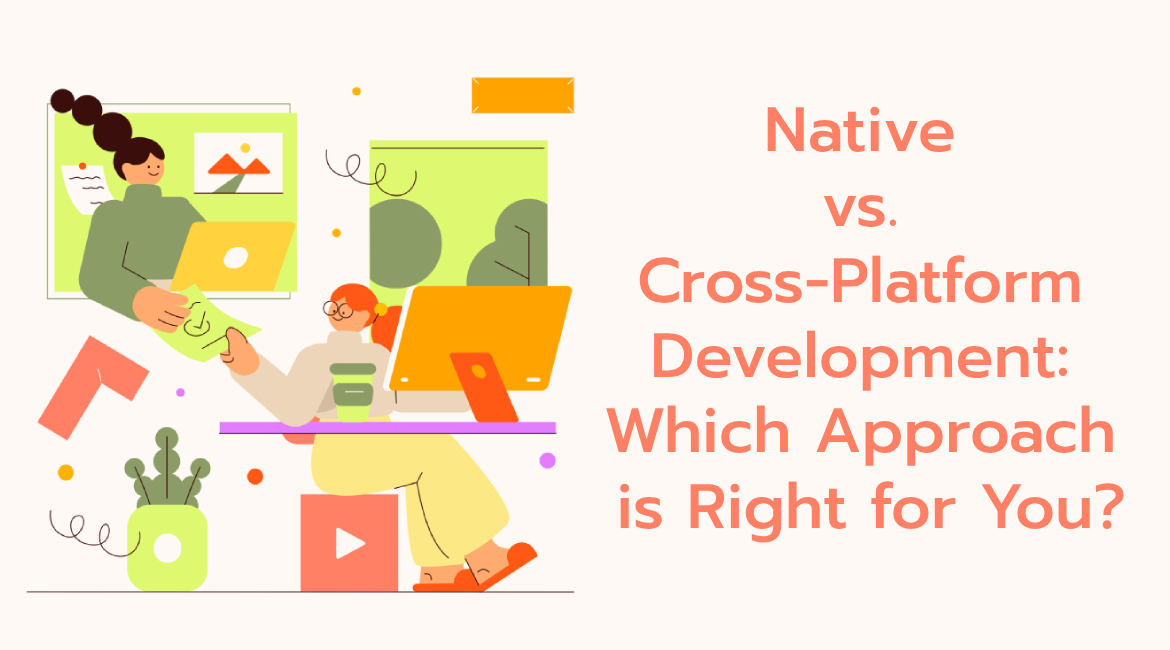Today the world cannot run without mobile apps, they are absolutely crucial for everybody and that includes businesses aiming to increase their customer engagement and improve operations. Now one might think to make a successful app, you just need to code and you are done. However, creating a successful app involves more than just coding; it requires thorough planning, user research, and iterative design. This is where our good friend mobile app prototyping comes into play.
In this blog, we will learn what Mobile App Prototyping is and how it is done!
What Is Mobile App Prototyping?
Mobile app prototyping is the process of making a fully functioning replica of the app you are going to build without actually coding it in production. It’s usually made on some platform or software which fully mimics how the app would work when it is coded. They serve as visual representation of the app’s interface, functions, features and its behaviors. It helps the developers and stakeholders test it out with audience before sending it to production
Why Is Mobile App Prototyping Important?
Mobile app prototyping offers numerous advantages that can significantly impact the success of your application.
- User-Centric Design: Prototyping helps designers figure out how a real audience reacts to their UI/UX. It helps them make changes early on that would be difficult implementing in code.
- Cost-Effectiveness: By identifying design inaccuracies in the early stage, companies and developers save money and time because it’s easier to move a button in the design than in code.
- Enhanced Communication: These prototypes are easy to use and act as a central platform where numerous people i.e. the stakeholders and designers can suggest changes.
- 4. Faster Development Cycle: Prototyping leads to a faster development process, since all the changes that were required are already done and there are hardly any code changes to do post production.
- Risk Mitigation: Companies conduct A/B testing with focus groups to identify flaws in their apps which can be resolved early on and it reduces the risk the company might face from the audience.
Steps in Mobile App Prototyping
Creating a mobile app prototype involves several key steps:
Step 1: Define Goals and Objectives
Clearly list out the problem you are going to solve with this app, the target audience and major functionalities of the app.
Step 2: Conduct User Research
Conduct multiple surveys and discuss with people to figure out how the general public would react to this app and if it solves any problem they are facing.
Step 3: Sketch Your Ideas
Before designing the app straight away, make a rough sketch and a roadmap to help you throughout the process.
Step 4: Create Wireframes
Now start creating wireframes of your app to create an accurate user journey throughout the app.
Step 5: Develop Interactive Prototypes
Using prototyping tools (such as Figma, Adobe XD, or InVision), transform your wireframes into interactive prototypes.
Step 6: Conduct Usability Testing
Start gathering feedback from real users and improve the prototypes up to the confidence levels set forth by the stakeholders.
Step 7: Iterate and Refine
Mobile app prototyping is an extremely repetitive process. You have to keep making changes till everyone is on the same board and it’s up to the mark.
Step 8: Prepare for Development
Once the prototype is complete and everyone is satisfied with the final product, you push it into production, where the app devs take over and start testing its functionalities.
Tools for Mobile App Prototyping
There are several tools available to assist with mobile app prototyping, each offering different features:
Figma: It’s one of the best collaborative design tools out there, it is used to create prototypes of apps, websites and other digital products.
Adobe XD: Adobe is famous for its interface, although it might be a bit complex for beginners..
InVision: This platform allows users to get real time feedback from stakeholders.
Axure RP: This tool is for advanced users and even lets you build conditional logic.
Sketch: This app has a variety of plugins that help smoothen out the whole process.
Best Practices for Mobile App Prototyping
To ensure effective prototyping, consider these best practices:
- Keep It Simple: Stick to the basics and avoid adding too much functionality that might complicate the whole process.
- Test Early and Often: Test the prototype as much as you can. Investing in focus groups to test out your products can be really beneficial in the long run.
- Emphasize User Experience: The customer should always come first. Keeping in mind the customer needs and its ability to use the product will make the app incredible.
- Be Open to Feedback: Keep an open mind and accept feedback from multiple sources. There might be some features that you as a product manager or a stakeholder might understand but the common public won’t, so its important to be open to new ideas and changes.
- Document Everything: Keep a detailed record of every change you make along with timelines and personnel information. This will boost accountability and you can always go back to the previous step.
Conclusion
In conclusion, mobile prototyping is a powerful process that helps you bring your designs to life. By following a step-by-step guide you can make sure the app you are creating by scale perfectly and perform on a large scale level. This will help you save both time and money which is crucial for every business out there.




